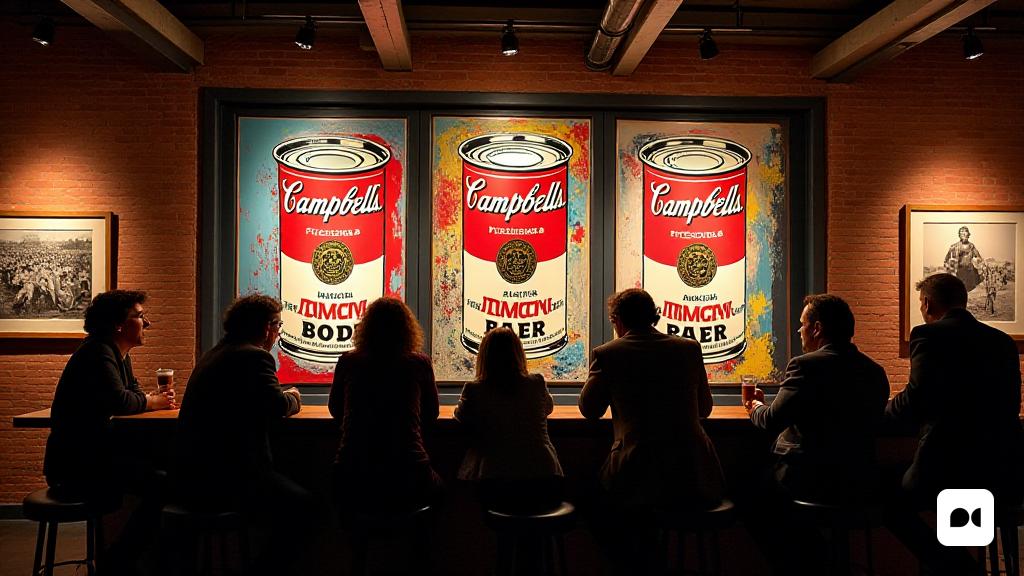A Journey Through Warhol’s Creativity
In 1983, Madrid’s Galería Fernando Vijande witnessed an innovative exhibition that marked a before and after in the world of contemporary art. Andy Warhol, an icon of pop culture, presented a series of lithographs that replaced his emblematic Campbell’s Soup Can with images of guns, knives and crosses. This visual transformation, inspired by the historical context of Spain, served to explore themes such as the Civil War, the Inquisition and the influence of Catholicism.
The New Exhibition in Barcelona: A Dialogue with the Past
Currently, the Suñol Soler Collection in Barcelona has opened its doors to an exhibition entitled “Warhol and Vijande, an appointment in Barcelona. More than Altered Images”, which evokes Warhol’s visit to Spain. This exhibition not only celebrates the artist, but also the significant relationship between him and the gallerist Fernando Vijande, with whom Josep Suñol Soler shared a lasting friendship.
A Reflection on Identity and Vulnerability
The Suñol Foundation room presents twenty little-known portraits of Warhol, by photographer Christopher Makos, that explore his changing identity. Through a style that evokes the influence of Man Ray, Makos captures the vulnerability of a Warhol who is more intimate and personal. These images are complemented by an audiovisual installation by Mario Banana and other works that dialogue with his artistic vision.
A Cultural Controversy: Warhol and Art History
The reinterpretation of Warhol’s visit to Spain raises questions about his role in art history. Some critics argue that his presence reduced Spain’s rich culture to a mere spectacle of ‘guns and knives’, perpetuating artistic narratives that often ignore local voices. Abel Cruz, in an earlier analysis, suggested that Warhol sought more wealthy clients than genuine cultural interaction.
Art as a Mechanism of Reflection and Criticism
As the exhibition progresses, the relevance of art as a vehicle for social and political critique is highlighted. The Suñol Foundation seeks to address issues of gender and identity, placing Warhol in a contemporary context that challenges traditional narratives. In a world where artistic figures are often idealized, it is important to question how these representations affect public perception.
Towards an Inclusive Future in Art
The song by Les Bistecs, ‘Oh no, otra vez tú’, resonates as a cry of alarm against the perpetuation of an elitist artistic model. The need to diversify voices in art is more urgent than ever, and critical reflection on figures like Warhol can open the door to new narratives that include diverse perspectives. As Fredric Jameson expressed, art must be a vehicle for change and not just a repetition of known stories.

